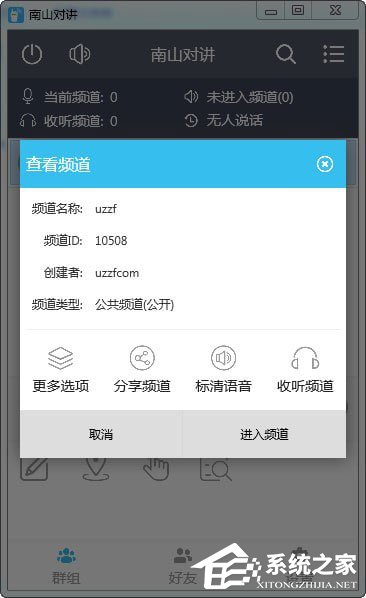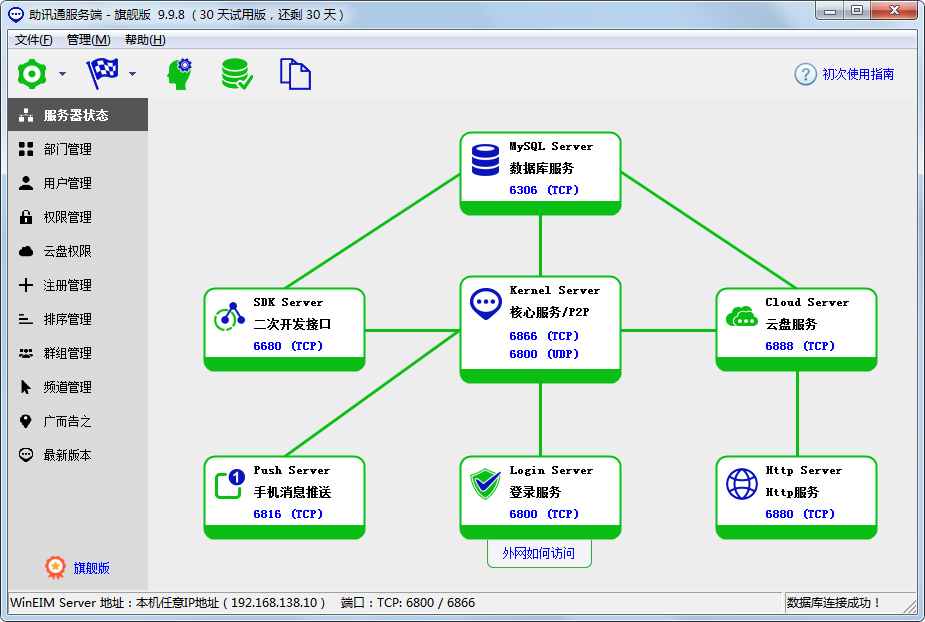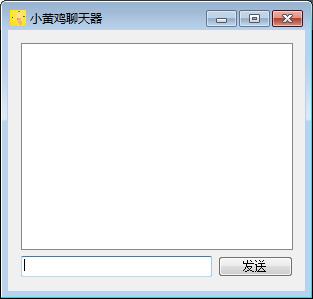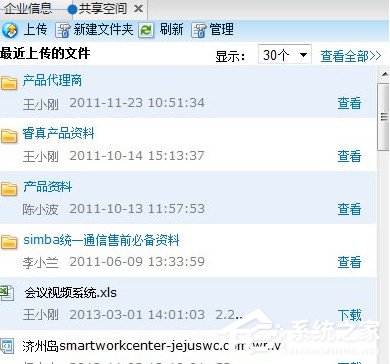PHP如何自定义扩展(三)之生命周期
时间:2022-02-11 13:56
接着上篇来讲php生命周期。 php_request_startup 这个阶段和 php_execute_script 用gdb看看调用栈, 在 在调用栈可以清楚看到执行流程,现在到/cli/php_cli.c文件看看做了哪些事情, 初始化变量,解析命令到/main/main.c文件看看真正的执行阶段 加载要执行的php文件,通过 然后放到zend虚拟机上执行 请求关闭阶段 推荐学习:《PHP视频教程》 以上就是PHP如何自定义扩展(三)之生命周期的详细内容,更多请关注gxlsystem其它相关文章!php_module_startup差不多,都是初始化工作,比php_module_startup简单很多,可以自己看下,重点来看下执行阶段gdb ./php php_execute_script打断点,执行,在看下调用栈,b php_execute_script
(gdb) r test.php
bt
#0 php_execute_script (primary_file=0x7fffffffe240)
at /www/test/php/php-7.4.3/main/main.c:2541
#1 0x00000000008bbd85 in do_cli (argc=2, argv=0x1425af0)
at /www/test/php/php-7.4.3/sapi/cli/php_cli.c:961
#2 0x00000000008bcd2d in main (argc=2, argv=0x1425af0)
at /www/test/php/php-7.4.3/sapi/cli/php_cli.c:1356int c;
zend_file_handle file_handle;
int behavior = PHP_MODE_STANDARD;
char *reflection_what = NULL;
volatile int request_started = 0;
volatile int exit_status = 0;
char *php_optarg = NULL, *orig_optarg = NULL;
int php_optind = 1, orig_optind = 1;
char *exec_direct=NULL, *exec_run=NULL, *exec_begin=NULL, *exec_end=NULL;
char *arg_free=NULL, **arg_excp=&arg_free;
char *script_file=NULL, *translated_path = NULL;
int interactive=0;
int lineno = 0;
const char *param_error=NULL;
int hide_argv = 0;
zend_try {
CG(in_compilation) = 0; /* not initialized but needed for several options */
while ((c = php_getopt(argc, argv, OPTIONS, &php_optarg, &php_optind, 0, 2)) != -1) {
switch (c) {PHPAPI int php_execute_script(zend_file_handle *primary_file)
{
zend_file_handle *prepend_file_p, *append_file_p;
zend_file_handle prepend_file = {{0}, NULL, NULL, 0, 0}, append_file = {{0}, NULL, NULL, 0, 0};
#if HAVE_BROKEN_GETCWD
volatile int old_cwd_fd = -1;
#else
char *old_cwd;
ALLOCA_FLAG(use_heap)
#endif
int retval = 0;zend_compile_file进行词法分析 语法分析,生成AST,编译成op_array,也就是指令集,
我们看下指令集,b zend_execute
c
bt
(gdb) p *op_array
$1 = {type = 2 '\002', arg_flags = "\000\000", fn_flags = 37748736,
function_name = 0x0, scope = 0x0, prototype = 0x0, num_args = 0,
required_num_args = 0, arg_info = 0x0, cache_size = 16, last_var = 2,
T = 4, last = 13, opcodes = 0x7ffff5e8b000, run_time_cache__ptr = 0x0,
static_variables_ptr__ptr = 0x7ffff5e78358, static_variables = 0x0,
vars = 0x7ffff5e790f0, refcount = 0x7ffff5e85000, last_live_range = 0,
last_try_catch = 0, live_range = 0x0, try_catch_array = 0x0,
filename = 0x7ffff5e583c0, line_start = 1, line_end = 12,
doc_comment = 0x0, last_literal = 5, literals = 0x7ffff5e8b1a0,
reserved = {0x0, 0x0, 0x0, 0x0, 0x0, 0x0}}zend_execute(op_array, retval);这这里可以看到真正执行的是这个zend_execute_ex(execute_data);,它是一个函数指针,我们可以更换它,知道这个,那么我们在写扩展时可以重新写个zend_execute_ex函数替换php默认的,我们自己的就可以做很多事情,像拦截php函数,做性能监控。php_request_shutdown,模块关闭阶段php_module_shutdown这两个阶段主要是做变量销毁,现在我们知道了一个自定义扩展在生命周期里的怎么执行的。



























